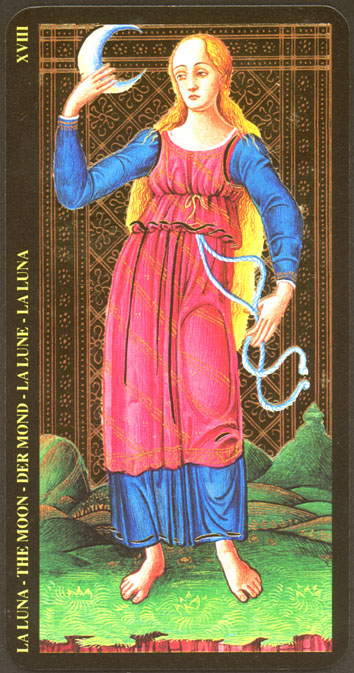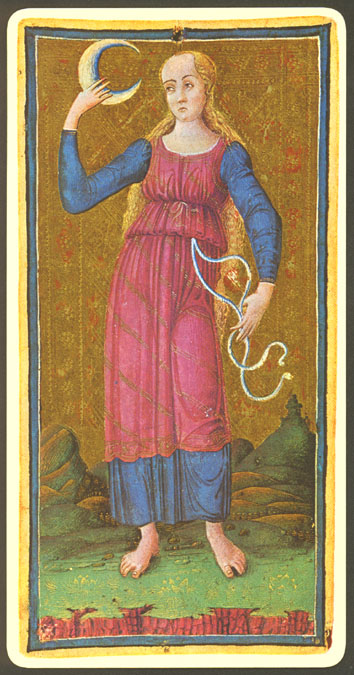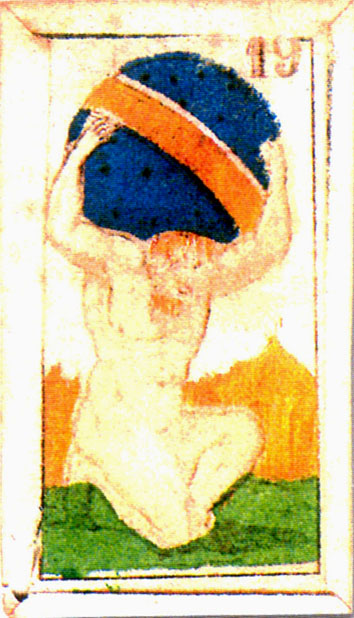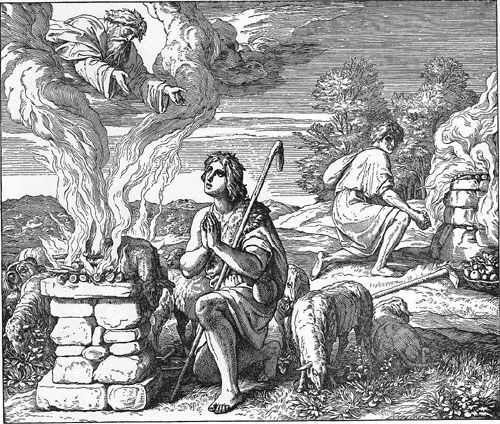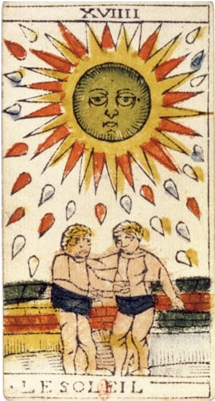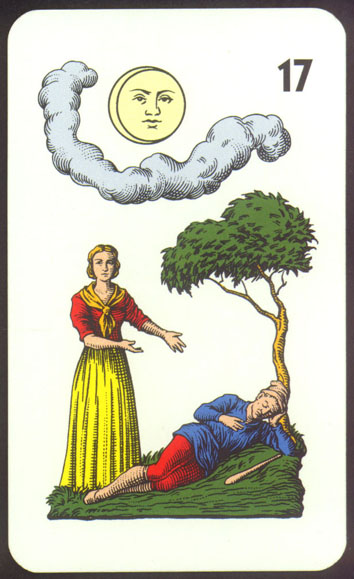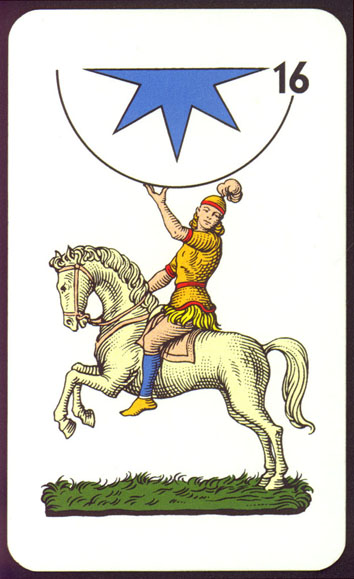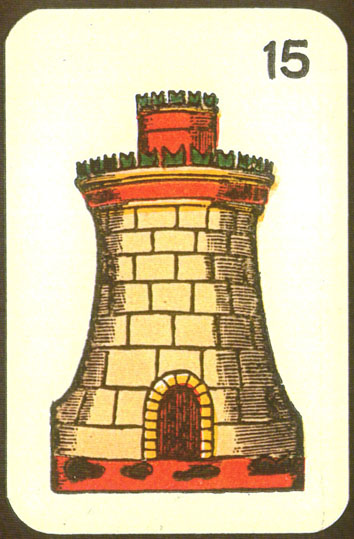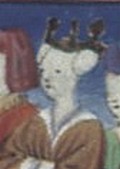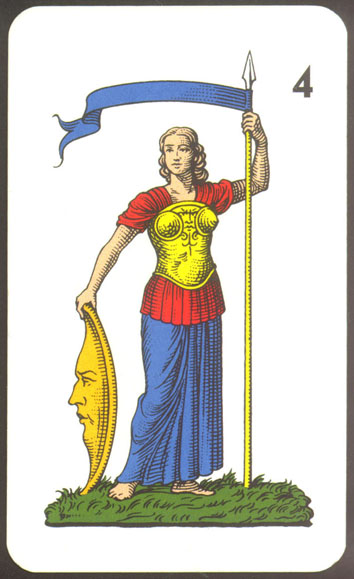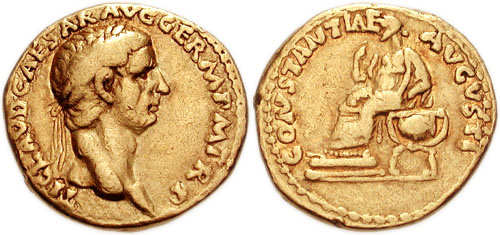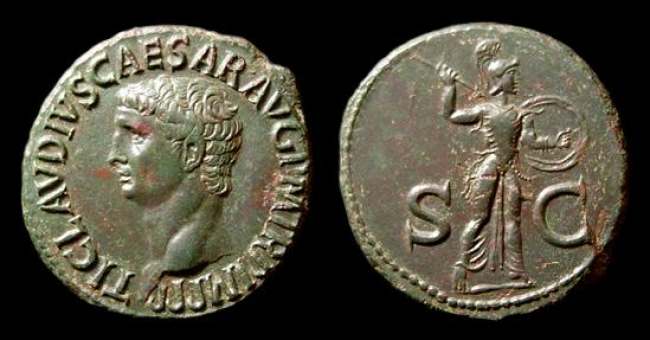hoo wrote:
Anyway, I just had to throw my 2 cents in here, because I really feel the identification of the cord(s) as a bow string is a false lead. I think it is wishful thinking.
Well, it was discussed here (or at aeclectic, I've trouble to find it) and it dropped to my mind, when I saw this heraldry of Isabella and Ferdinand. I think, you're right, that is a doubtful. I remember (dark), that one of the cords itself was interpreted as a bow (I can't recall, where and when it was discussed).
Thinking about it, I realize, that a relaxed bow plays a major role in the scene, in which Ulysses comes back to home and all the guys in his home desiring Penelope are not able to set the bow to action. But Ulysses as the true king can and he shoots his arrow through 12 rings (zodiac symbol ?) and then kills all the admirers of Penelope ... I think, this were 108. 12 and 108 makes 120, which altogether makes 10 years in 120 months. As the poet or poetess had it, Ulysses fought 10 years in Troy, and 10 years he needed to find back home to Ithaka.
Well ... once, long ago, the Muslim forces entered Spain and desired Penelope (= Spain) long centuries and in 1492 Ulysses (= Ferdinand and Isabella) had cleared the space, in other words, they took Granada. So they might have felt.
Taking Granada was also the starting signal for Isabella and Ferdinand to invest in the idea of Columbus and his three ships. And this became a great success ... so the Ulysses legend might have been meaningful to them, as this was also a sea-journey story.
Another important symbol in later heraldry (as it has the Bourbon-center, which tells, that it's after 1700) had been the Pillars of Hercules ...
The Spanish Coat of Arms is a composition of six other coat of arms:
Gold castle in a red background of Castile
Red lion in white background of León
The red and yellow stripes of Aragon
The golden chains of Navarre
The pomegranate flower of Granada
The fleur-de-lis of the House of Bourbon. The escutcheon represents the currently reigning dynasty — today that of Bourbon-Anjou.
On either side of the Coat of Arms are the Pillars of Hercules, the mythological name given to the Straits of Gibraltar. The banner round the pillars says "Plus Ultra" which means more beyond' in Latin, referring to the Americas and the former Spanish territories.
http://www.spain-flag.eu/coat-of-arms.htm
Hercules visited in his tenth work (Ranke Graves decribed it as 10th work, I remember; this source ...
http://www.perseus.tufts.edu/Herakles/apples.html
.. assumes, that it's the 11th work, and wikipedia has it as 12th work -
http://en.wikipedia.org/wiki/Golden_apple - there are confusions about the row o the works already in very old times) the Titan Atlas and the garden of the Hesperides which had a tree with golden apples and a snake with 100 heads called Ladon around it. Atlas was located at Atlas mountains, so Hercules had to cross the sea in a golden cup made by Hephaistos (perhaps at Gibraltar). It was very hot at this day ... and Heracles threatened Helios with his famous bow and arrows to have it a little cooler.
Hercules had the job to fetch 3 apples. But he couldn't enter the garden. So he shot Ladon and asked Atlas to fetch the apples for him (only Atlas could enter the garden). Atlas couldn't, as he had to carry the heaven. So Hercules took the heaven, Atlas entered the garden and fetched the apples. But when Atlas returned, he felt very happy not to carry the heaven. So he attempted to leave Hercules with the heaven and promised to bring the apples himself. But Herakles tricked him ...so finally it was as before: Atlas had to carry the heaven.
http://a.trionfi.eu/WWPCM/decks07/d05235/d05235.htm
http://a.trionfi.eu/WWPCM/decks07/d05236/d05236.htm
Card 19, Tarocco Siciliano; Sicily had been long time in its history under Spanish influence
Herakles used twice the bow in the story (against Helios and against Ladon), but the bow never had an installment problem as in the Ulysses saga.
********
The garden of the Hesperides with snake Ladon story definitely has similarity to the Genesis story in the bible with another tree and another snake and Adam instead of Atlas.
Apples and Tree appear as "Pomegranates" in Granada ... and is as this again part in the Spanish heraldic.
Adam (bible mythology) had a problem with his sons, Kain and Abel.
That's again Tarocco Siciliano, card 18 before card 19 with a clear Atlas. The usual story has Kain using a stone ..
http://www.medienwerkstatt-online.de/lw ... 356&edit=0
... so one might have doubts about the correct identification. Tarot de Marseilles has also twins ...
... , which are not aggressive to each other, but there is a wall. Romulus and Remus had been the twins of Rome, and they produced another twin-murder-case, and the discussion had about the walls of Rome.
The death of Remus
Livy gives two versions of Remus' death. In the one "more generally received", Remus criticises and belittles the new wall, and in a final insult to the new city and its founder alike, he leaps over it. Romulus kills him, saying "So perish every one that shall hereafter leap over my wall". In the other version, Remus is simply stated as dead; no murder is alleged. Two other, lesser known accounts have Remus killed by a blow to the head with a spade, wielded either by Romulus' commander Fabius (according to St. Jerome's version) or by a man named Celer. Romulus buries Remus with honour and regret
One may think of the condition, that the Spanish suits have other batons than the Italians.
It's a Moon card ... so the motif might well be the moon goddess Selene with her always sleeping lover Endymion, just good for 50 daughters, which she got from him. The baton (penis symbol ?) lies relaxed beside him.
The Star shows a horseman, carrying the star. That's Minchiate influence:
http://a.trionfi.eu/WWPCM/decks07/d05113/d05113.htm
The next cards, Tower and Ship, in the Tarocco Siciliano are replacements of c. 1750 on the wish of an older lady Duchessa Rosalia Caccamo, who originally likely came from Castelforte in the North of the kingdom of Naples married than to Sicily and likely had been ruling in Castle Caccamo near Palermo at the end of her life.
http://www.the-pagorias.com/caccamo.htm
The unbroken Tower ...
... was reported as a relative common type of Tower in Sicily by Michael Hurst (if I understood this correctly). The ship motif is near to the Minchiate card 21, Water.
Death is on horse, as in many other decks inclusive Minchiate. Hermit with lantern OR hourglas, unusually at no. 12. The hanging man (unusually no. 11) hangs at his neck ...
Relating Tarocco Siciliano to Minchiate, one can detect, that there are similarities, if one groups the trumps:
Group Fools
Minchiate: unnumbered Fool
TS: 2 Fools (one of them Misero)
Comment: Minchiate has 41 special cards (20+20+1-structure), TS has 22. The Misero is an "additional card"
Group highest trumps
Minchiate: World and Fame
TS: Atlas and Jupiter
Comment: Very different
Group 18-13
Minchiate: Sun-Moon-Star-Tower-DEVIL-Death
TS: Sun-Moon-Star-Tower-SHIP-Death
Comment: Equal, but the Devil is exchanged with
Group 12-11 Hanging Man and Hermit
Minchiate: 12 Hanging Man 1 Hermit
TS: 12 Hermit and 11 Hanging Man
Comment: They are EXCHANGED IN ROW
Group 10-9
Minchiate: 10 Chariot 9 Fortune
TS:10 Fortune 9 Chariot
Comment: They are EXCHANGED IN ROW
Group 8-5
Minchiate: 8 Justice - 7 Force - 6 Temperance - 5 Love
TS: 8 Love - 7 Justice - 6 Force - 5 Temperance
Comment: They are EXCHANGED IN ROW; the cardinal virtues stay in their row, but the relation of cardinal virtues to Love is EXCHANGED.
Group 4-1
Minchiate: 4 Grandduke Toscana - 3 Emperor - 2 Emperor - Magician
TS: 4 Constancy - 3 Emperor - Emperor - Magician
COMMENT; Whow - whow - whow ... I got it ... :-)
:x
This curious figure .... which surely puzzled not only me ...
... called Constancy is very clearly referring to Constance, daughter of Manfred, King of Sicily, and granddaughter of Frederick II., Emperor ...
Manfred
http://en.wikipedia.org/wiki/Manfred,_King_of_Sicily
Constance of Sicily, Queen of Aragon (1249-1302)
http://en.wikipedia.org/wiki/Constance_ ... _of_Aragon
In the heraldry Sicily is designed with
http://www.bestofsicily.com/heraldry.htm
Sicilian herald in c. 1400
... with one part Aragon and one part Empire (in the case, that the eagle really referred to the Empire; the eagle also was used ...:
:
... by Manfred, king of Sicily.
In the shield of Isabella and Ferdinand (1492) ...

... Sicily is found in this two parts ...
... still referring to the moment of 1282 called "Sicilian Vesper", the riot, which - after some additional wars - ended the short French dominion in Sicily and turned it to a reign by Aragon, finally officially accepted in 1301, when Constance was still living.
http://en.wikipedia.org/wiki/Sicilian_Vespers

Francesco Hayez, Dalla serie "I vespri siciliani", scena 3 (1846)
Indeed, in the course of time, "Sicily in Aragon (or Spanish) hands" became a CONSTANT factor with only few interruptions till Garibaldi in 1861, when Sicily became part of "Italy".
So Constance or Constantia gave honor to her name, opening a condition, which endured more than 500 years. Enough, to honor her in a Tarocco Siciliano at a place, which in the Minchiate was given to the Grand duke of Toscana.




